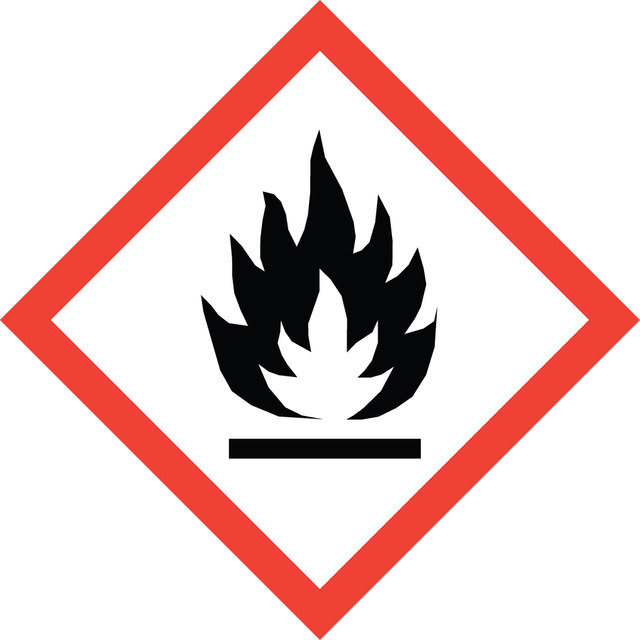Select a Size
About This Item
vapor density
3.5 (vs air)
Quality Level
vapor pressure
29 mmHg ( 20 °C)
Assay
99%
autoignition temp.
815 °F
contains
≤30 ppm MEHQ as inhibitor
expl. lim.
12.5 %
refractive index
n20/D 1.414 (lit.)
bp
100 °C (lit.)
mp
−48 °C (lit.)
density
0.936 g/mL at 25 °C (lit.)
storage temp.
2-8°C
SMILES string
COC(=O)C(C)=C
InChI
1S/C5H8O2/c1-4(2)5(6)7-3/h1H2,2-3H3
InChI key
VVQNEPGJFQJSBK-UHFFFAOYSA-N
Looking for similar products? Visit Product Comparison Guide
Related Categories
General description
Application
- Lanthanide-complex grafted poly(methyl methacrylate-co-maleic anhydride) copolymer. These luminescent polymers exhibit high thermal stability and can be used as luminous layers for optoelectronic devices.
- Poly (methyl methacrylate) (PMMA), is a common material used in the production of lenses for concentrating photovoltaic (CPV) modules.
- Polymethyl methacrylate, methyl methacrylate crosspolymer, and methyl methacrylate/glycol dimethacrylate crosspolymers. These polymers are used in cosmetic surgery, dentistry, and joint replacement.
- Poly (methyl methacrylate) (PMMA)-based personalized medical devices.
- Interpenetrating methyl methacrylate-based polymeric networks with enhanced thermal and mechanical properties.
- Poly(methyl methacrylate-co-hydroxyethyl methacrylate) (PMMA-co-PHEMA) copolymers by emulsion copolymerization. These copolymers form thermooxidatively stable and ductile films.
- Poly(methyl methacrylate) nanoparticles through differential microemulsion polymerization.
Signal Word
Danger
Hazard Statements
Precautionary Statements
Hazard Classifications
Flam. Liq. 2 - Skin Irrit. 2 - Skin Sens. 1B - STOT SE 3
Target Organs
Respiratory system
Storage Class Code
3 - Flammable liquids
WGK
WGK 1
Flash Point(F)
50.0 °F - closed cup
Flash Point(C)
10 °C - closed cup
Personal Protective Equipment
Regulatory Information
Choose from one of the most recent versions:
Already Own This Product?
Find documentation for the products that you have recently purchased in the Document Library.
Articles
Monomers for ophthalmic use aim for purity, reliability, and comfort, driving innovation for affordable contact lenses.
RAFT polymerization offers living characteristics to radical polymerization, contributing versatility to reversible deactivation radical polymerization methods.
RAFT(可逆加成断裂链转移)聚合是一种可逆的去活化自由基聚合(RDRP),是给自由基聚合赋予活性的通用方法之一。
Discover hydrogels, biocompatible materials for drug delivery, tissue engineering, wound care, and 3D bioprinting in innovative biomedical applications
Protocols
Polymeric spheres serve as crystal templates. Synthesis methods yield large quantities.
ARGET ATRP procedure facilitates PMMA polymer brush growth with surface cleaning and initiator monolayer deposition.
RAFT polymerization offers precise control, enabling tailored synthesis of complex polymer structures.
RAFT(可逆加成-断裂链转移)是一种活性自由基聚合反应,在有适合的连转移(RAFT)试剂存在下发生的非传统的取代单体自由基聚合反应。
Related Content
Our team of scientists has experience in all areas of research including Life Science, Material Science, Chemical Synthesis, Chromatography, Analytical and many others.
Contact Technical Service
